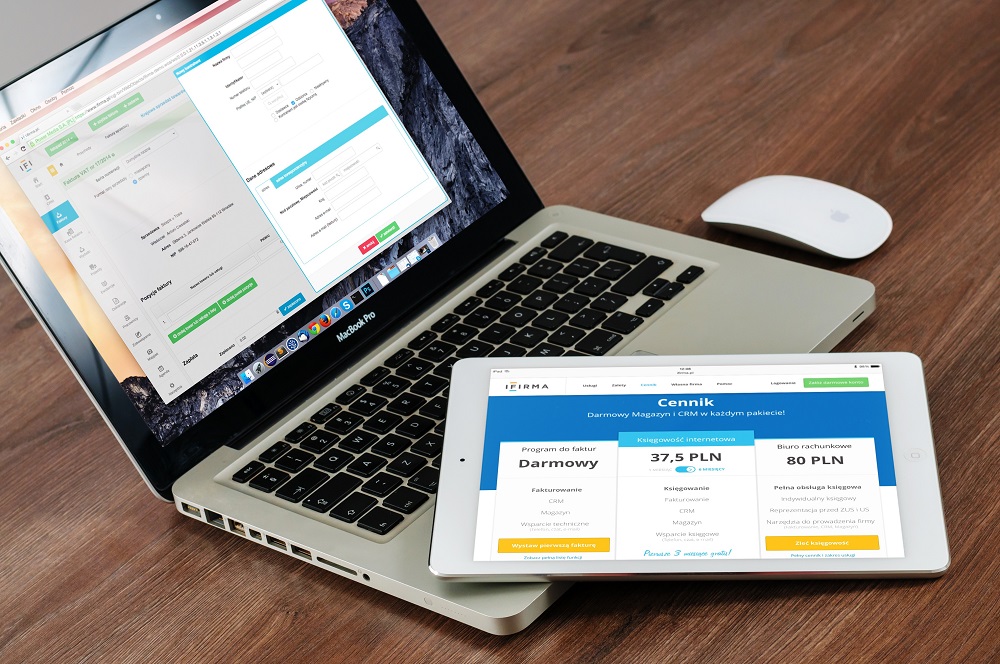
Building an e-commerce website with payment gateways and shopping cart functionality is a complex process that requires careful planning and execution. In this article, we will explore the steps involved in building an e-commerce website with payment gateways and shopping cart functionality, including selecting a platform, designing the website, integrating payment gateways, and implementing shopping cart functionality.
Selecting a Platform
The first step in building an e-commerce website with payment gateways and shopping cart functionality is to select a platform that is suitable for your business needs. There are several e-commerce platforms available, each with its own set of features and capabilities. Some popular e-commerce platforms include Shopify, WooCommerce, Magento, and BigCommerce.
When selecting an e-commerce platform, you should consider factors such as ease of use, scalability, cost, and customization options. It is also important to choose a platform that integrates with your chosen payment gateway and shopping cart solution.
Designing the Website
Once you have selected an e-commerce platform, the next step is to design your website. A well-designed e-commerce website should be visually appealing, user-friendly, and optimized for conversion.
When designing your website, you should consider factors such as branding, navigation, product pages, and checkout process. You should also ensure that your website is responsive and mobile-friendly, as an increasing number of consumers are using mobile devices to shop online.
Integrating Payment Gateways
An essential part of building an e-commerce website is integrating payment gateways. Payment gateways are third-party services that process online payments and authorize credit card transactions.
There are several payment gateways available, including PayPal, Stripe, Authorize.net, and Braintree. When selecting a payment gateway, you should consider factors such as transaction fees, security, and integration options.
Integrating a payment gateway involves creating an account with the service provider and configuring your e-commerce platform to communicate with the gateway. You will also need to ensure that your website is secure and compliant with the Payment Card Industry Data Security Standard (PCI DSS).
Implementing Shopping Cart Functionality
The final step in building an e-commerce website with payment gateways is implementing shopping cart functionality. A shopping cart is a software application that allows customers to select products and add them to their cart, review their order, and complete the checkout process.
Most e-commerce platforms come with built-in shopping cart functionality, although you may also consider integrating a third-party solution such as WooCommerce or Shopify. When implementing shopping cart functionality, you should ensure that it is user-friendly, secure, and integrated with your chosen payment gateway.
You should also consider factors such as shipping and tax calculations, order tracking, and customer account management. It is essential to test your shopping cart functionality thoroughly to ensure that it is working correctly and providing a positive user experience.
Building an e-commerce website with payment gateways and shopping cart functionality requires careful planning and execution. By selecting the right platform, designing a visually appealing and user-friendly website, integrating payment gateways, and implementing shopping cart functionality, you can create an e-commerce website that provides a seamless and secure shopping experience for your customers.
It is important to continuously monitor your website’s performance and make improvements based on user feedback and analytics data. With the right tools and strategies in place, you can build an e-commerce website that drives sales, builds brand loyalty, and provides a positive user experience for your customers.
